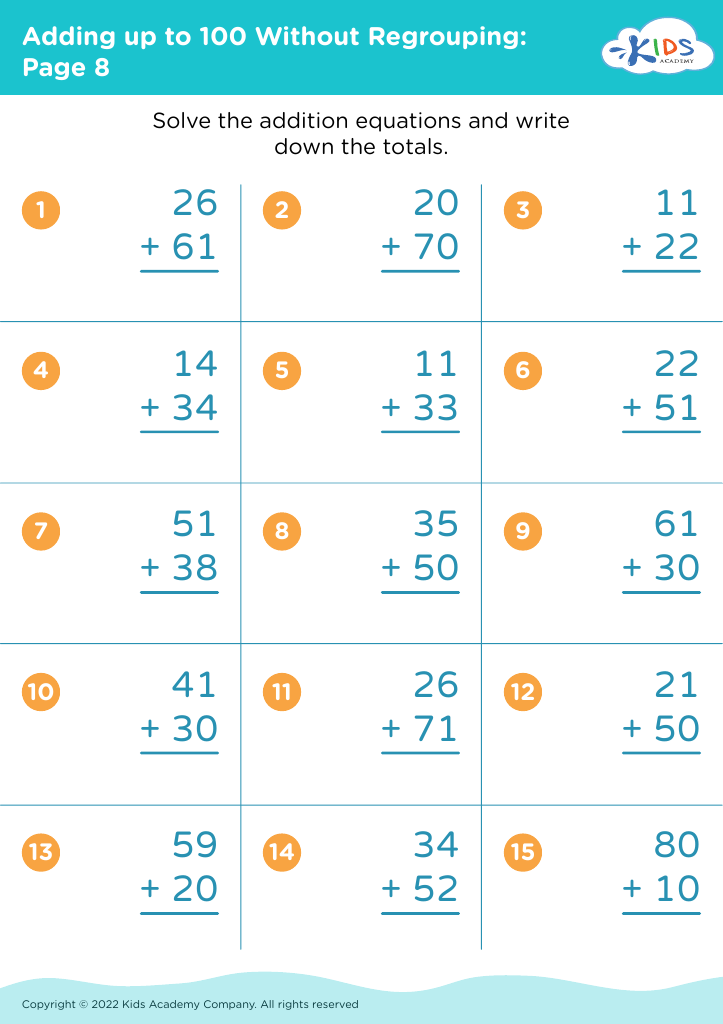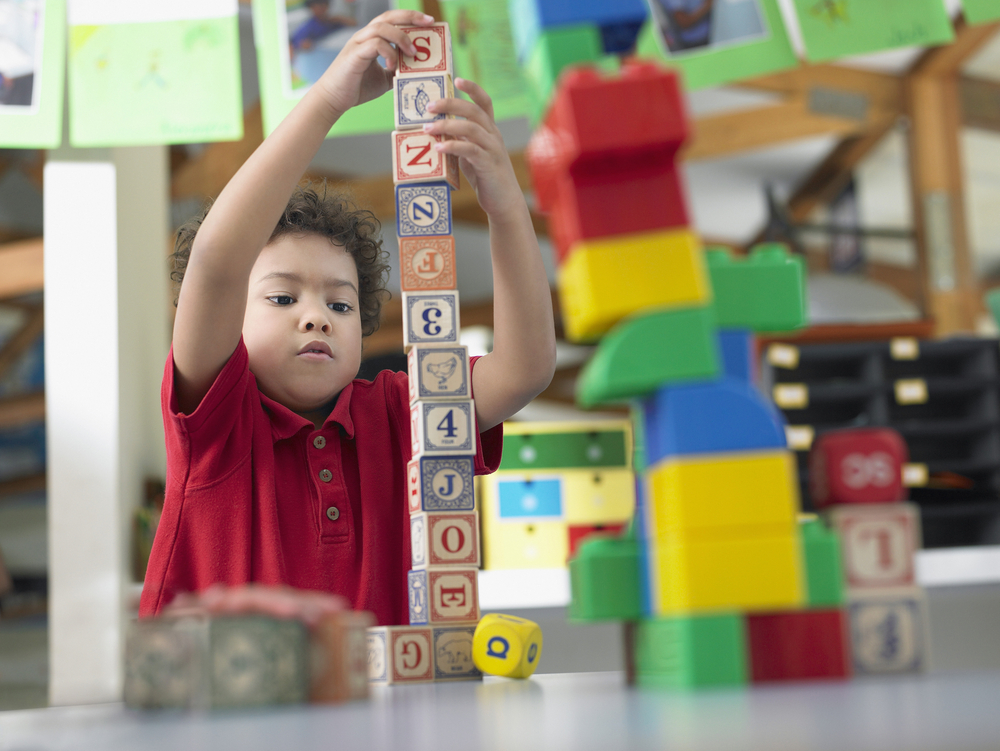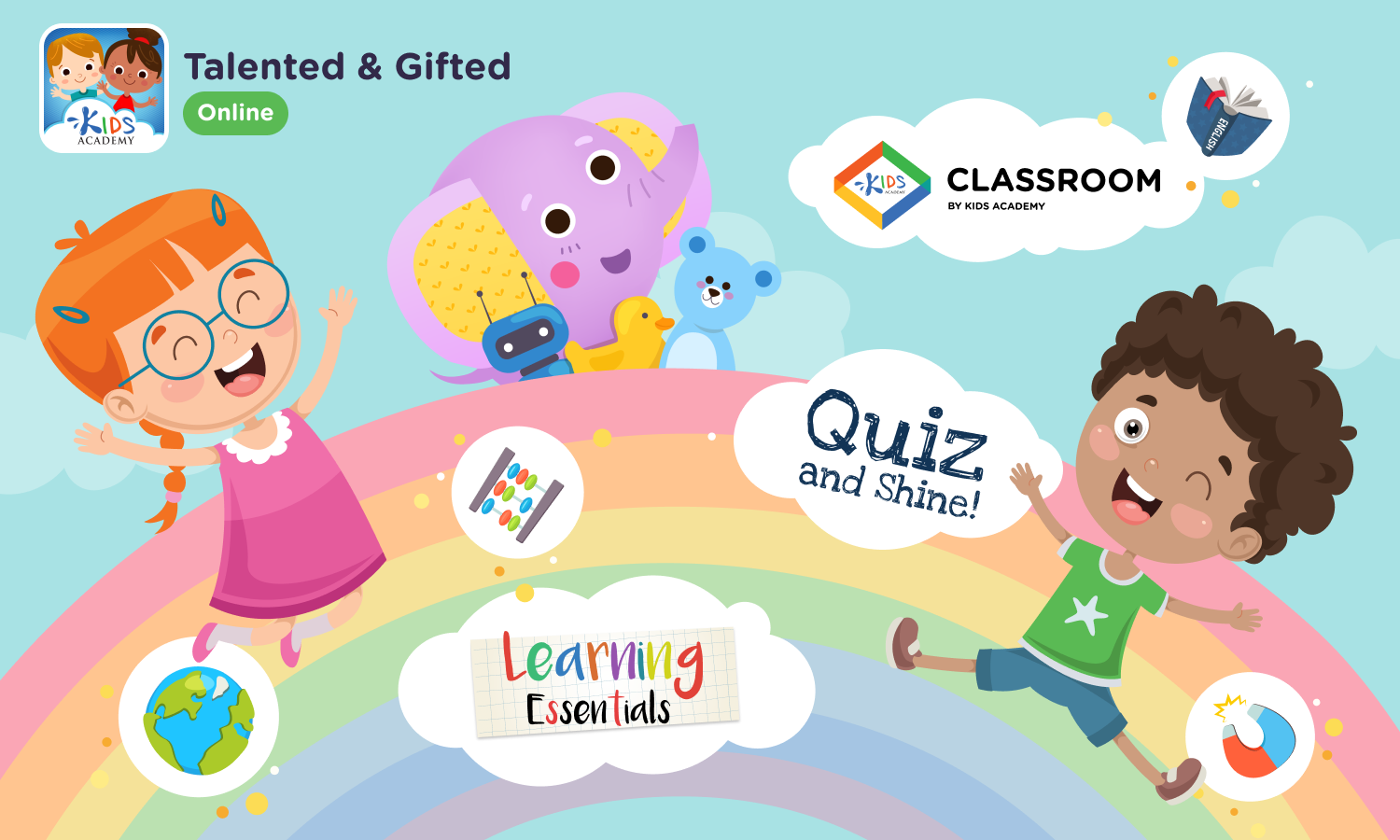Story sequencing Math Worksheets for Ages 7-8
3 filtered results
-
From - To
Enhance your child's understanding of math concepts with our engaging Story Sequencing Math Worksheets for Kids Ages 7-8. These worksheets combine storytelling with mathematical problems, allowing students to develop critical thinking and problem-solving skills. By following narratives, children practice sequencing, which aids in comprehension and retention of math principles. The varied activities not only make learning enjoyable but also reinforce essential skills such as addition, subtraction, and logical reasoning. Perfect for classroom use or at-home learning, these worksheets foster a love for math through imaginative storytelling, making learning a fun and interactive experience. Explore our collection today!
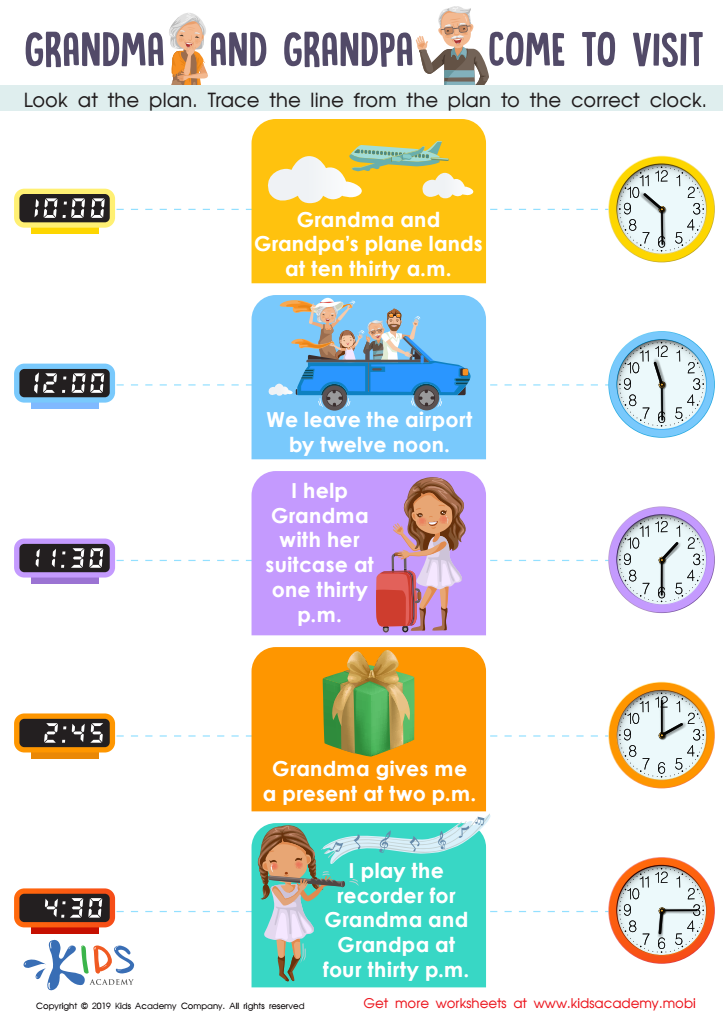

Grandpa and Grandma Come to Visit Worksheet
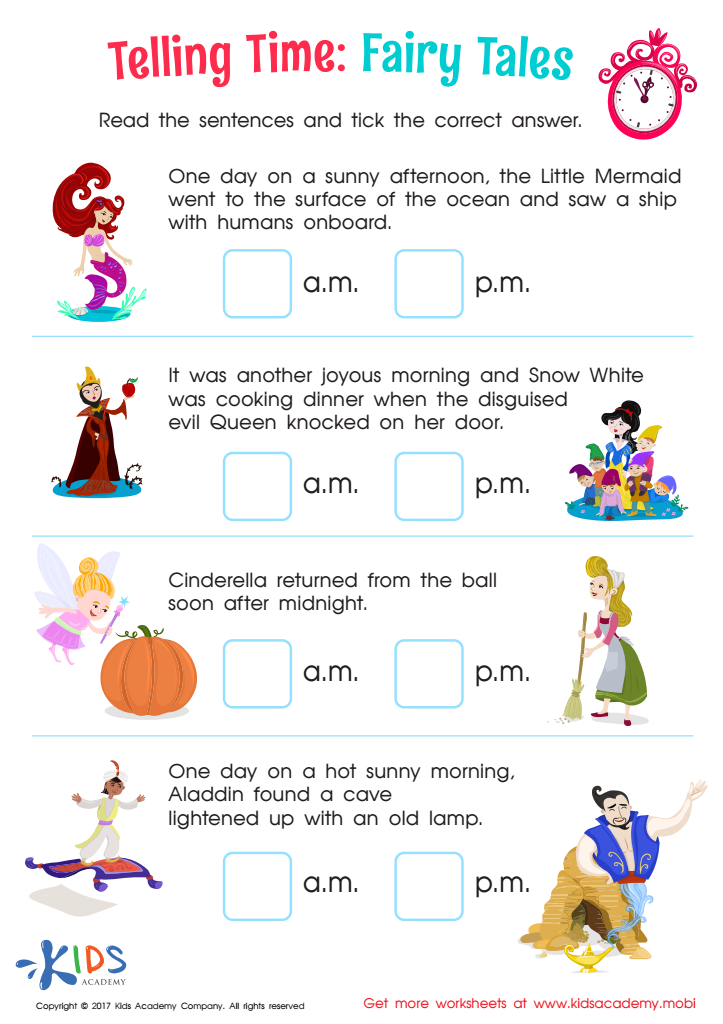

Telling Time: Fairy Tales Worksheet
Story sequencing in math for children aged 7-8 is essential as it bridges literacy and numeracy, fostering critical thinking and problem-solving skills. This approach involves using stories or real-life scenarios to introduce mathematical concepts, making lessons more relatable and engaging for young learners.
When parents or teachers focus on story sequencing, they help children develop a deeper understanding of mathematical operations and concepts by contextualizing them in familiar situations. For instance, a story involving a character buying fruit can facilitate discussions about addition, subtraction, or even early multiplication, as students can visualize and relate to the scenario.
Moreover, this method promotes comprehension skills; as children learn to sequence events and identify key information, they enhance their ability to analyze problems systematically. This skill proves invaluable, not only in math but across all disciplines.
Additionally, storytelling nurtures creativity and imagination, making learning enjoyable. Parents and teachers who emphasize story sequencing empower children to express their reasoning, boosting their confidence and interest in mathematics. In a rapidly evolving educational landscape, integrating storytelling into math lessons supports holistic development, equipping children with vital skills for future academic success and real-world challenges.

 Assign to My Students
Assign to My Students
